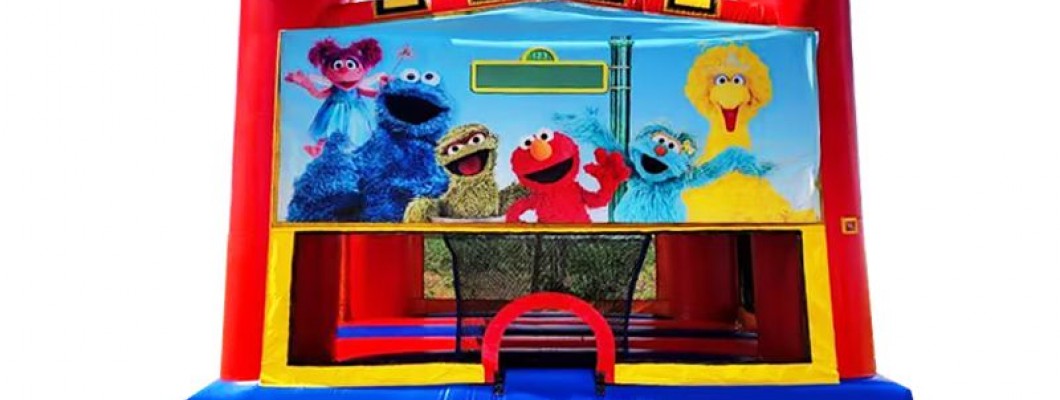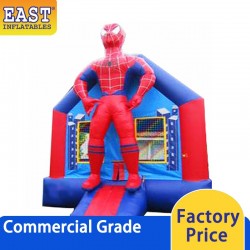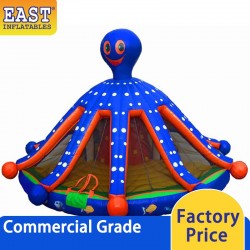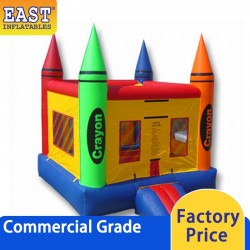24 Jul


Bouncy castles are a popular choice for children's parties and events, offering a fun and engaging way for kids to play. However, their safety is a common concern for parents and event organizers. Here’s a comprehensive look at the safety of bouncy castles:
1. Design and Construction Safety
- Bouncy castles are designed with safety features such as soft, padded walls and floors to cushion falls and impacts.
- High-quality materials and proper construction are essential for durability and safety. Always choose inflatables from reputable manufacturers who adhere to safety standards.
2. Supervision is Key
- Constant supervision is crucial. An adult should always be present to monitor the children, ensuring they follow safety rules and that the bouncy castle remains in good condition.
- Supervisors should also manage the number of children playing inside to avoid overcrowding, which can lead to accidents.
3. Adherence to Safety Guidelines
- Follow the manufacturer’s guidelines regarding weight limits, age restrictions, and usage instructions to prevent accidents.
- Ensure the bouncy castle is properly secured to the ground and fully inflated before allowing children to play.
4. Weather Considerations
- Bouncy castles should not be used in adverse weather conditions such as high winds, heavy rain, or extreme temperatures. These conditions can affect stability and safety.
- Always check the weather forecast before setting up and operating a bouncy castle.
5. Regular Maintenance and Inspection
- Regular inspections and maintenance are vital. Check for any signs of wear, tear, or damage before use and ensure the inflatable is in good condition.
- Promptly address any maintenance issues to prevent potential safety hazards.
6. Safety Training for Operators
- Operators should be trained in safety procedures and emergency protocols to handle any issues that may arise.
- Proper training ensures that operators can effectively manage the bouncy castle and respond to incidents promptly.



